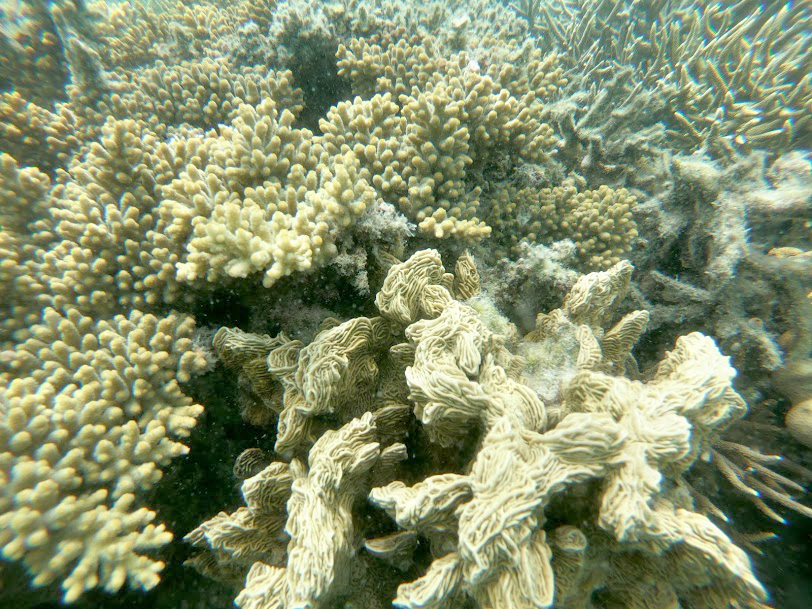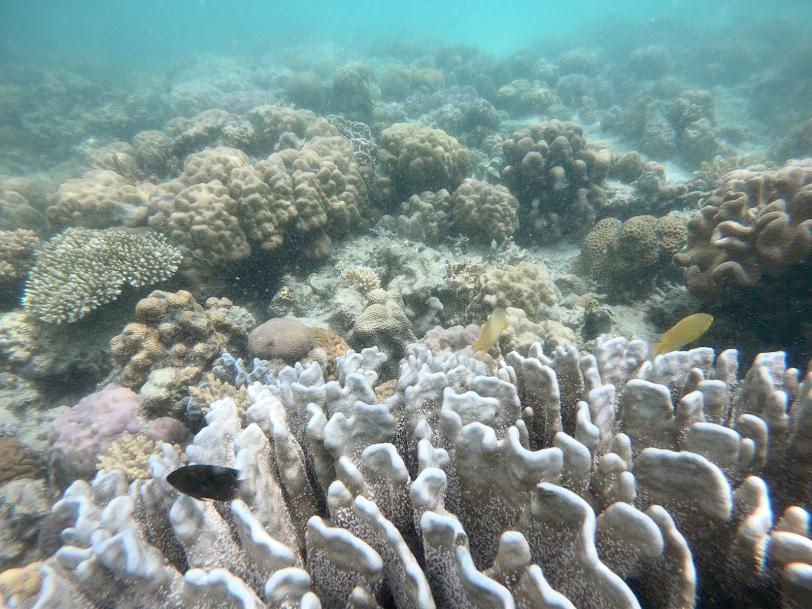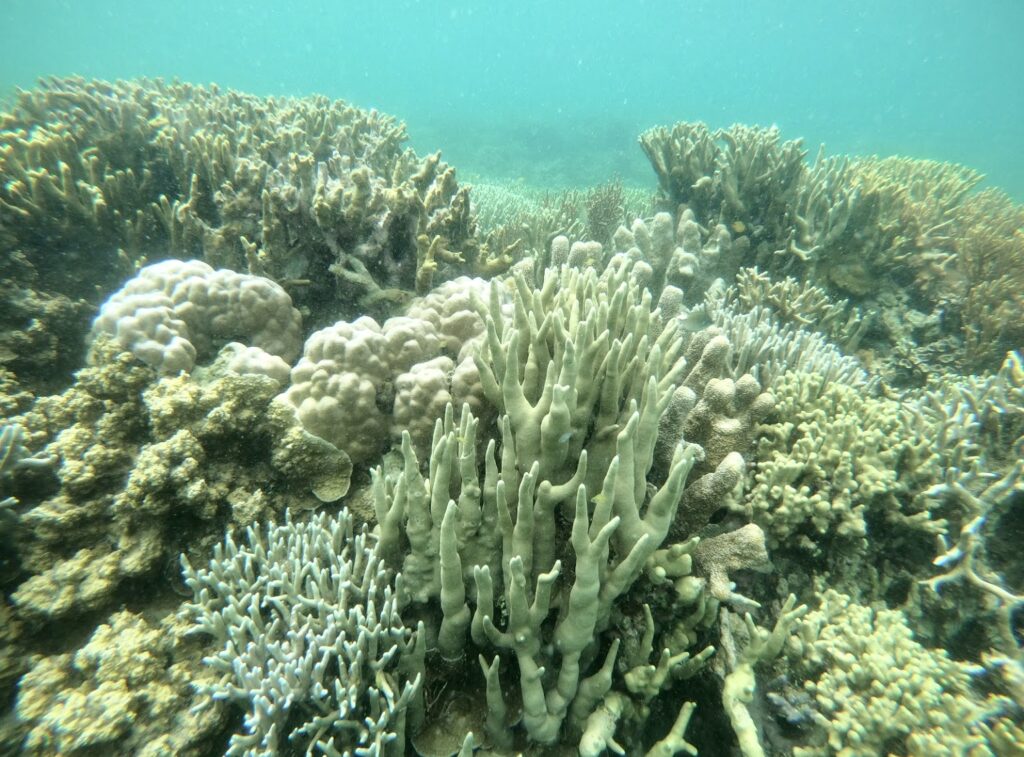The country’s ecologically fragile coral reefs are on the verge of extinction. But despite this, they are not getting the attention they deserve.
Right now, there is a lack of updated information on the present status of our coral reefs. The most recent study — the Nationwide Assessment of Philippine Coral Reefs — was published in the Philippine Journal of Science in 2017.
Based on live coral cover, more than 90 percent of the sampled reefs were in the “poor” and “fair” categories. “So far, the mean hard coral cover of the country at 22 percent is comparable with that of the Indo-Pacific region, but much lower than previous estimates for the Philippines,” the study said.
The Philippines is part of the Coral Triangle, the epicenter for marine biodiversity and what is considered the Amazon of the Sea. The Coral Triangle is “an area with more species of fish and corals than any other marine environment on earth,” said the Unico Conservation Foundation.
The Coral Triangle — so named because of its distinct triangular shape — spans 648 million hectares off the coasts of Indonesia, Malaysia, Papua New Guinea, the Philippines, Solomon Islands and Timor-Leste.
Among these countries, the Philippines is considered the world’s “center of marine biodiversity because of its vast species of marine and coastal resources,” according to the World Bank.
The coral reef area is considered the second largest in Southeast Asia after Indonesia. Estimated at 26,000 square kilometers, it holds an extraordinary diversity of species. So far, scientists have identified 915 reef fish species and more than 400 scleractinian coral species, 12 of which are endemic, per the Bureau of Fisheries and Aquatic Resources.
All in all, the Philippines has 22,500 square kilometers of coral reef area, which represents 9 percent of the global total.
“All major reef types are present in the Philippines; most are fringing reefs along the coastlines, as well as some areas of barrier, atoll and patch reefs,” said the Washington-based World Resources Institute.
Coral reefs are considered underwater forests because of their complex ecosystem that supports a huge amount of wildlife. They serve as shelter to fish and other marine creatures like mollusks, crustaceans, sea urchins, starfish, sponges and tube-worms. A single reef can support as many as 3,000 species of marine life.
As fishing grounds, they are thought to be 10 to 100 times as productive per unit area as the open sea. In the Philippines, reefs reportedly yield 5 to 37 tons of fish per square kilometer, thus making them very important to the productivity of fisheries.
Dynamic and highly productive, coral reefs are not only a critical habitat for numerous species, but also provide essential ecosystem services upon which millions of people depend.
The seas supply more than 80 percent of the animal protein of the Filipino public, said Ramon Paje, former head of the Department of Environment and Natural Resources. More than 60 percent of the country’s 96 million population live on the coast within 30 kilometers of coral reefs.



But the destruction of coral reefs has led to a dramatic decline in fish catch in the country. “We admit that there has been a decline in our local fisheries because of destructive fishing methods and overfishing,” BFAR had said.
Fortunately, not all coral reefs in the country are on the verge of disappearing. Early in 2022, the Davao DENR regional office conducted scuba diving in various areas in Davao Occidental to check on the conditions of the coral reef and other living organisms.
The first dive site was in barangay Bukid in San Jose Abad Santos. About 500 meters offshore, the reef was observed “to be in good physical condition due to the presence of a variety of fish species.”
“As fish and other marine species thrive in the said area, we are looking forward to declaring it as one of the marine protected areas in Region XI,” said Bagani Fidel A. Evasco, DENR regional executive director.
In Barangay Calian in Don Marcelino, the same observation was made: good physical condition. “Most of the fish that were observed are residents of the reef, which means that it is where they inhabit and reproduce,” the DENR said.
Filipinos should not be complacent, however. As Dr. Rafael D. Guerrero III, an academician with the National Academy of Science and Technology, put it: “We are the stewards of our nation’s resources; we should take care of our national heritage so that future generations can enjoy them. Let’s do our best to save our coral reefs. Our children’s children will thank us for the effort.”
